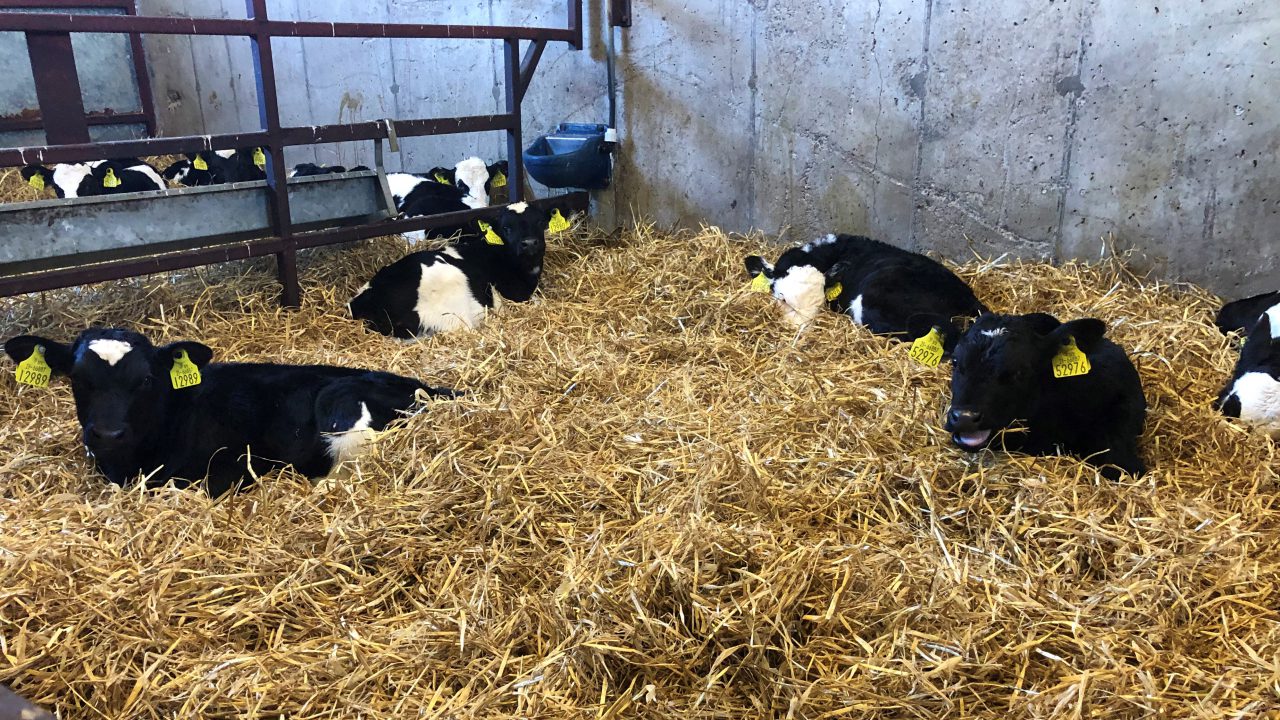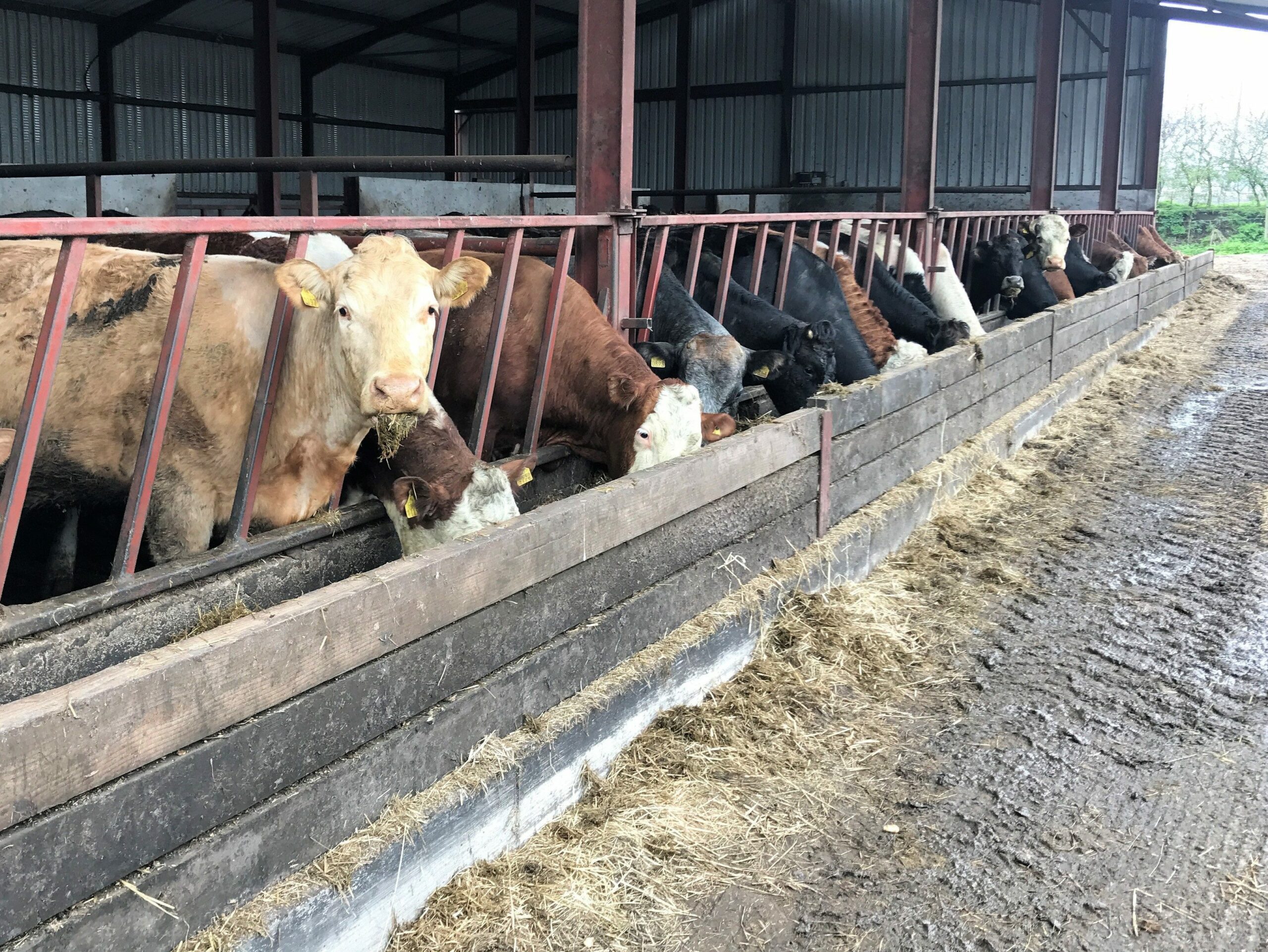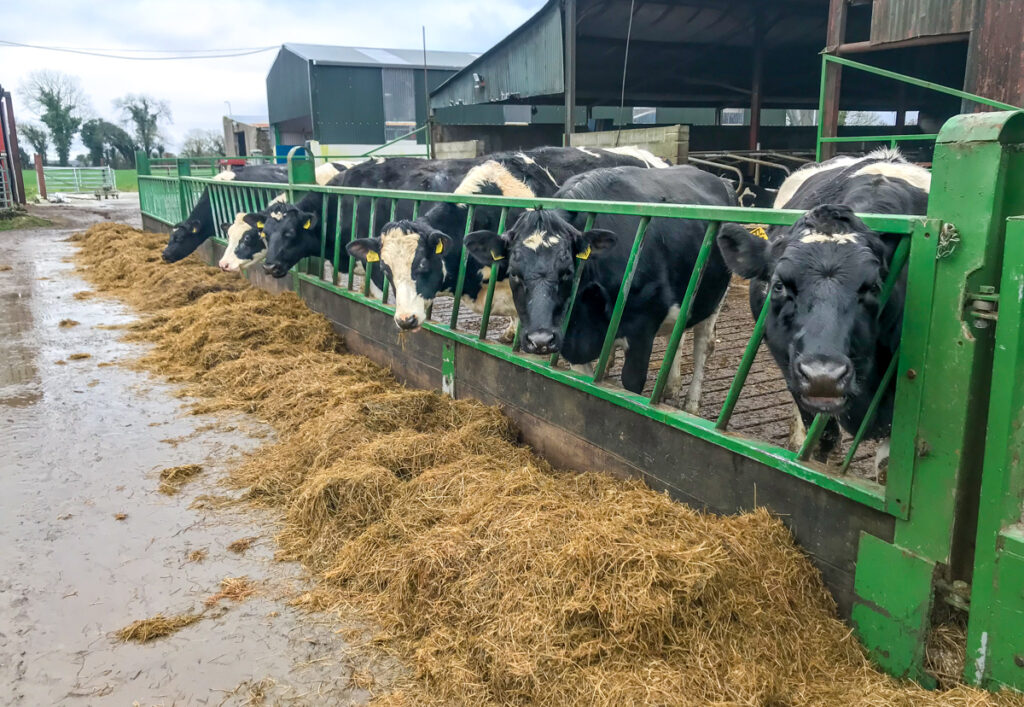Almost all dairy and beef farmers will experience a cow aborting or ‘throwing a calf’ at some stage or another. But what could be the reason behind such an unpleasant occurrence?
There are many reasons; ranging from a simple fall in the yard or shed, to pathogens infecting the pregnant cow or heifer. While, according to Teagasc, any illness where a cow has a very high temperature can result in a cow aborting.
Individual or abrupt abortions may be caused by an infectious disease or a simple injury during pregnancy.
While several abortions, occurring within a relatively short period of time, may indicate that multiple cows in the herd have been exposed to an abortion-causing infectious disease; Teagasc outlines some of these below.
Infectious Diseases
Leptospirosis
Leptospirosis is one of the most common causes of abortion in cattle in Ireland – with the abortion usually occurring six-to-12 weeks after the initial infection. Abortion rates may be up to 30% in a herd infected for the first time.
Diagnosis of the disease is based on blood sampling and looking for high antibody levels in affected animals. However, this can prove difficult. Often, the infection is present six-to-12 weeks before clinical signs become apparent (e.g. low pregnancy rates picked up at scanning).
Vaccination should be carried out to ensure the herd is free from the disease.
Samonella
This is a contagious disease which can cause diarrhoea or abortions from the fourth/fifth month of pregnancy.
This disease can be difficult to control, as many animals can carry the organism without showing signs. However, salmonellosis is an exception where many of the aborting animals can sometimes show signs of illness.
Aborting cows are often sick with a raised temperature and hold their cleanings. Some cows can die as a result of this infection.
The disease can be detected from the aborted foetus or placenta or by blood test. Vaccination of the herd should be carried out if the disease is confirmed.
Neosporosis
Neosporosis in cattle is caused by a parasite found in the faeces of infected dogs or foxes. Abortion normally occurs between three and eight months of the pregnancy.
The disease can be transmitted to cattle through contact with canine faeces in silage or feed, and farmers need to take special care to prevent this occurring.
Infection from dogs can lead to multiple abortions within the herd. Once infected, animals remain infected for life.
Also Read: Is your herd suffering from one of the most common causes of abortion?Any live, full-term calves they produce may be born infected; allowing neospora to be passed from generation to generation. It can be detected in the foetus or in blood from the cow or heifer.
There is no vaccine available. Farmers should restrict the access of pets and wildlife to animals’ feed and remove infected animals from the herd.
Mycotic abortion
Mycotic abortion is caused by a fungus that is normally found on poorly preserved silage. However, a mycotoxin binder can be used.
This binds to the toxin and helps it pass through the animal without affecting it. But, feeding ‘mouldy’ silage to stock should be avoided.
Abrupt abortion normally occurs between month three and seven of pregnancy. In addition, the disease can be obtained from bedding. However, risk of infection from this source is low.
Listeria and bacillus are other bacteria which are also found in silage. These bacteria are common in preserved silage where soil has been picked up during harvesting.
Bovine viral diarrhoea
Bovine viral diarrhoea (BVD) related abortion can occur at any stage of the pregnancy. However, it is more common in the early stages.
Tissue tagging of the foetus is a good way to check whether BVD has caused the abortion and all farmers in Ireland are required to carry out this practice.
Farmers should eliminate persistently infected (PI) animals from the herd, as these animals are a source of infection. This is the basis of the current Animal Health Ireland (AHI) eradication programme.
Vaccination can be used to protect the herd. However, the vaccination is not effective if PI animals are not removed.
Infectious bovine rhinotracheitis
Infectious bovine rhinotracheitis (IBR) is a highly contagious viral condition that damages the internal surface of the nose and the upper airways and may enter the blood to spread to other parts of the body. It can also cause abortion.
The disease is controlled when a strict vaccination programme is implemented.
Brucellosis
This is a very contagious disease and is notifiable (required by law to be reported to Government authorities). Abortion normally occurs after the first five months of pregnancy.
The placenta and fluids released at calving are highly infectious. Farmers are legally obliged to have any cow or heifer that aborts tested twice for brucellosis.
Treatment and prevention
When an abortion has occurred Teagasc advises quarantining the aborting cow from other cattle – especially from other pregnant cows – for two-to-three weeks until vaginal discharge has ceased.
It also advised sending samples to a laboratory for testing. Good hygienic practices should also be implemented; especially when handling the products of an abortion and any discharge from the aborting cow/heifer.
Pens where aborting animals have been housed should also be thoroughly cleaned and disinfected.
Once an abortion has occurred, thereafter farmers should closely monitor other pregnant cows and heifers. Where vaccinations are available (BVD, leptospirosis, salmonellosis, IBR), programmes should be implemented to prevent re-occurrence of abortion.


